Artificial Fairies No.12 “Hidden Reefs”
Watercolor on paper 27 x 18 inches (69 x 46cm ) 2024.5.30
A doll is an item in one’s private space, dominated by its owner. It remains passive throughout its journey of being collected, cherished, and eventually forgotten—standing on the back row of a display shelf or confined in a dark box in the basement.
You can acquire new dolls as fervently as you wish or quickly discard them when they no longer hold your interest. In either case, objects cannot actively intrude upon your space in unexpected ways.
Yet, can a lifestyle deeply intertwined with a collection object stir emotions as violently as a drop of thick black ink falling into clear water? By the time I realized it, I had been immersed in the world of doll hobby for over a decade, and my artistic approach had evolved around this lifestyle and aesthetic.
Like a ship crashing into a reef on a stormy night, one cannot turn back time to avoid the collision. The only option is to embrace the thrilling change and reshape oneself. When people select objects that align with their own aesthetics and invest significant amounts of money and time to admire them, it represents a mutual submission to beauty. In return, they willingly become objects of a different kind of dominion.
In my doll photography, I often create unconventional narrative spaces. The photograph featured is a recent example, where a dynamic, overhanging angle imparts a sense of motion to the doll, creating a strong feeling of estrangement.
With soft hair stretching like seaweed and a blue skirt swirling like a whirlpool, the doll appears to plunge into a gravity-free abyss. She falls into my life, crashing like a hidden reef.

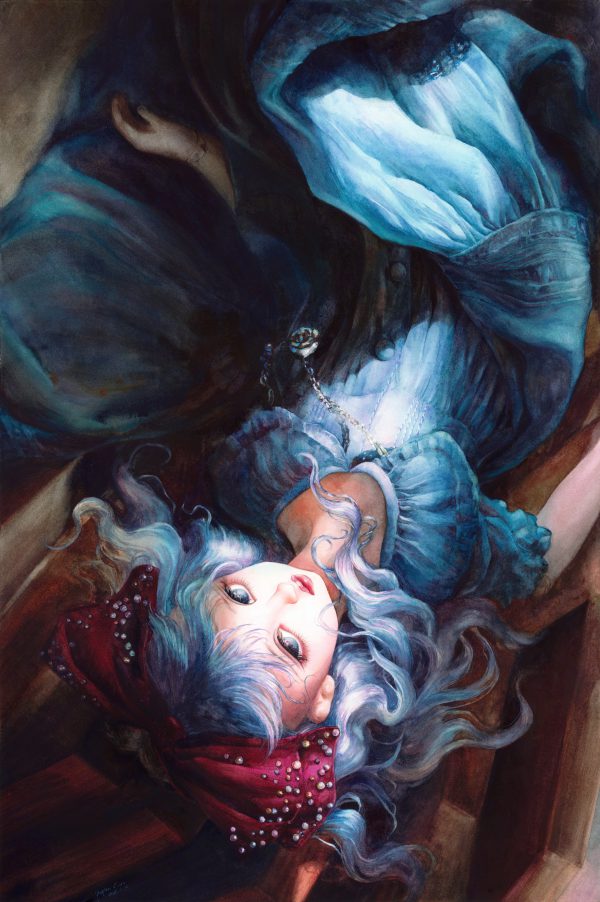
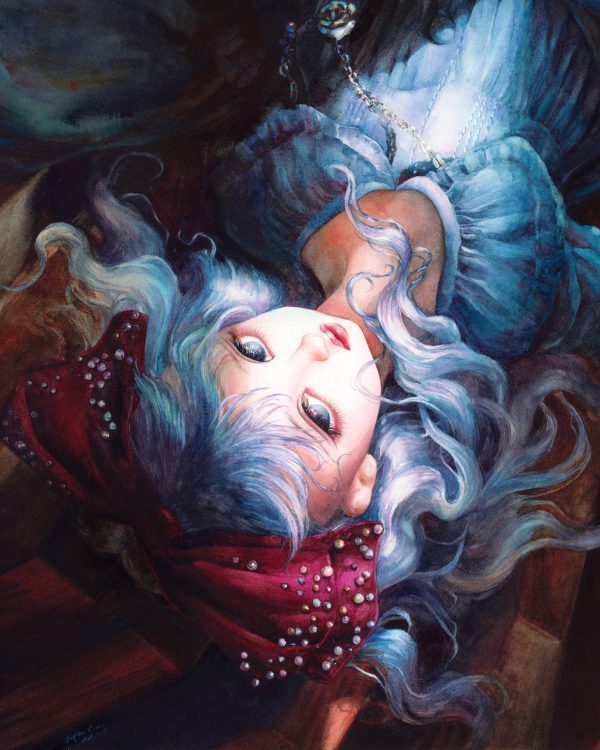
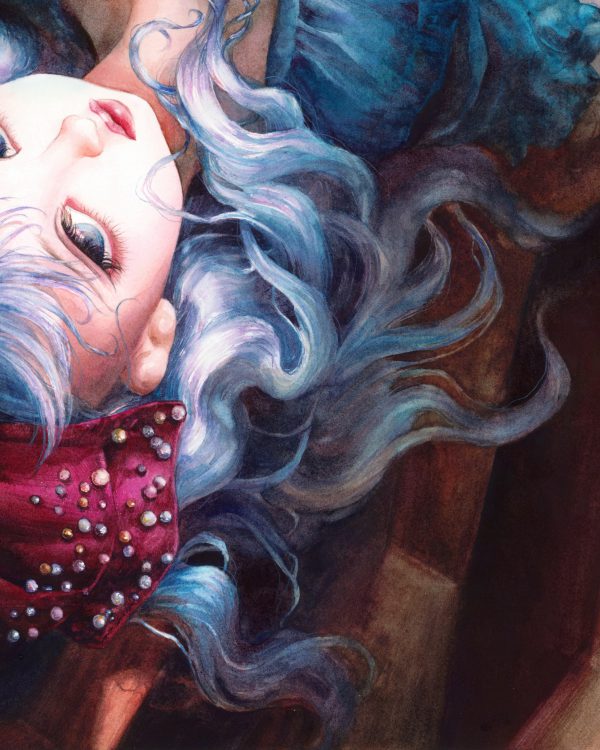
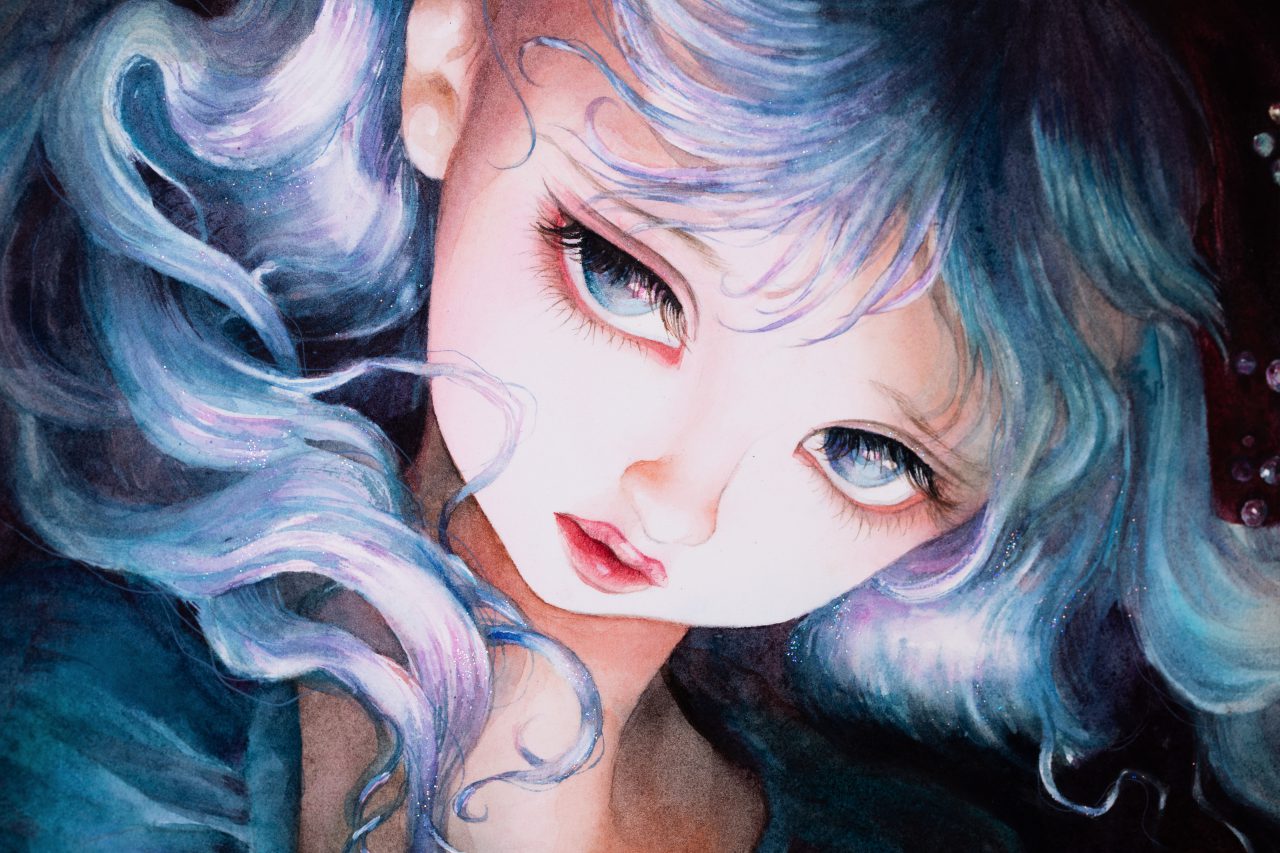
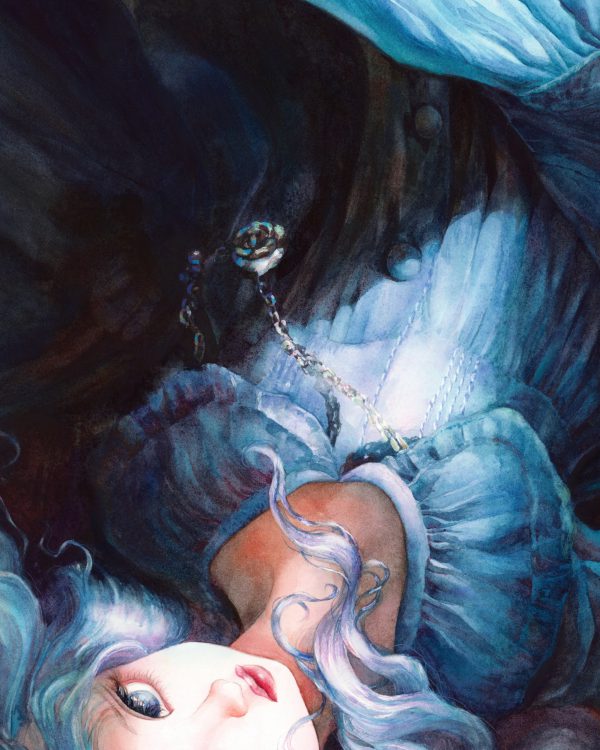
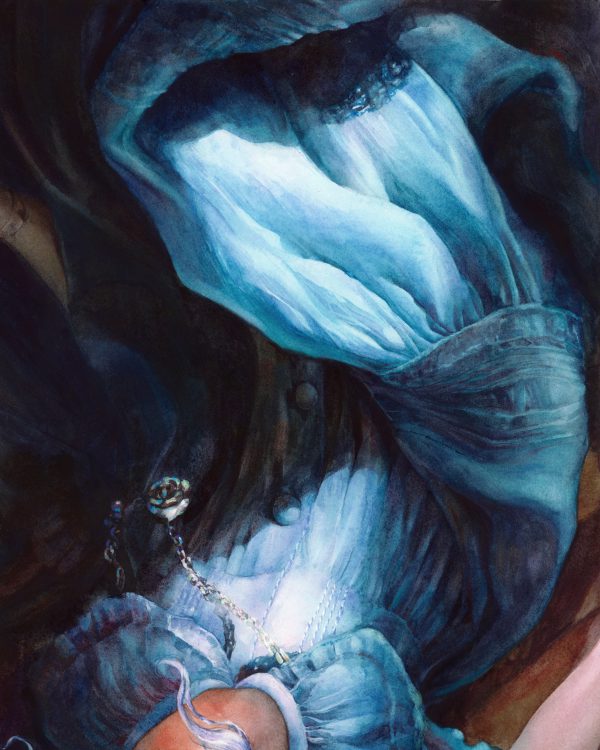
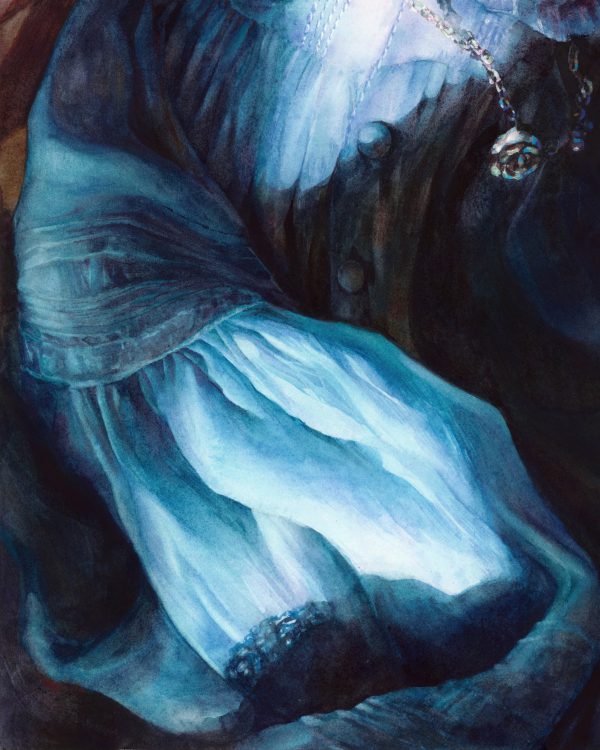
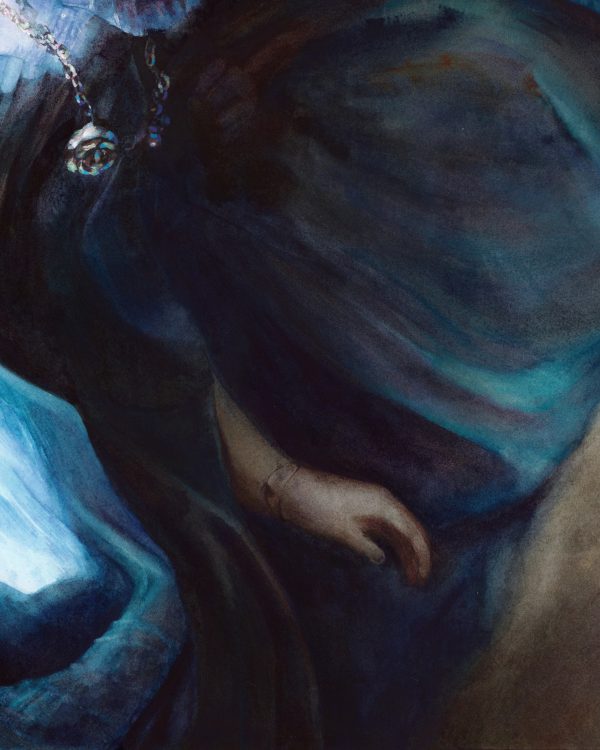

No Comments